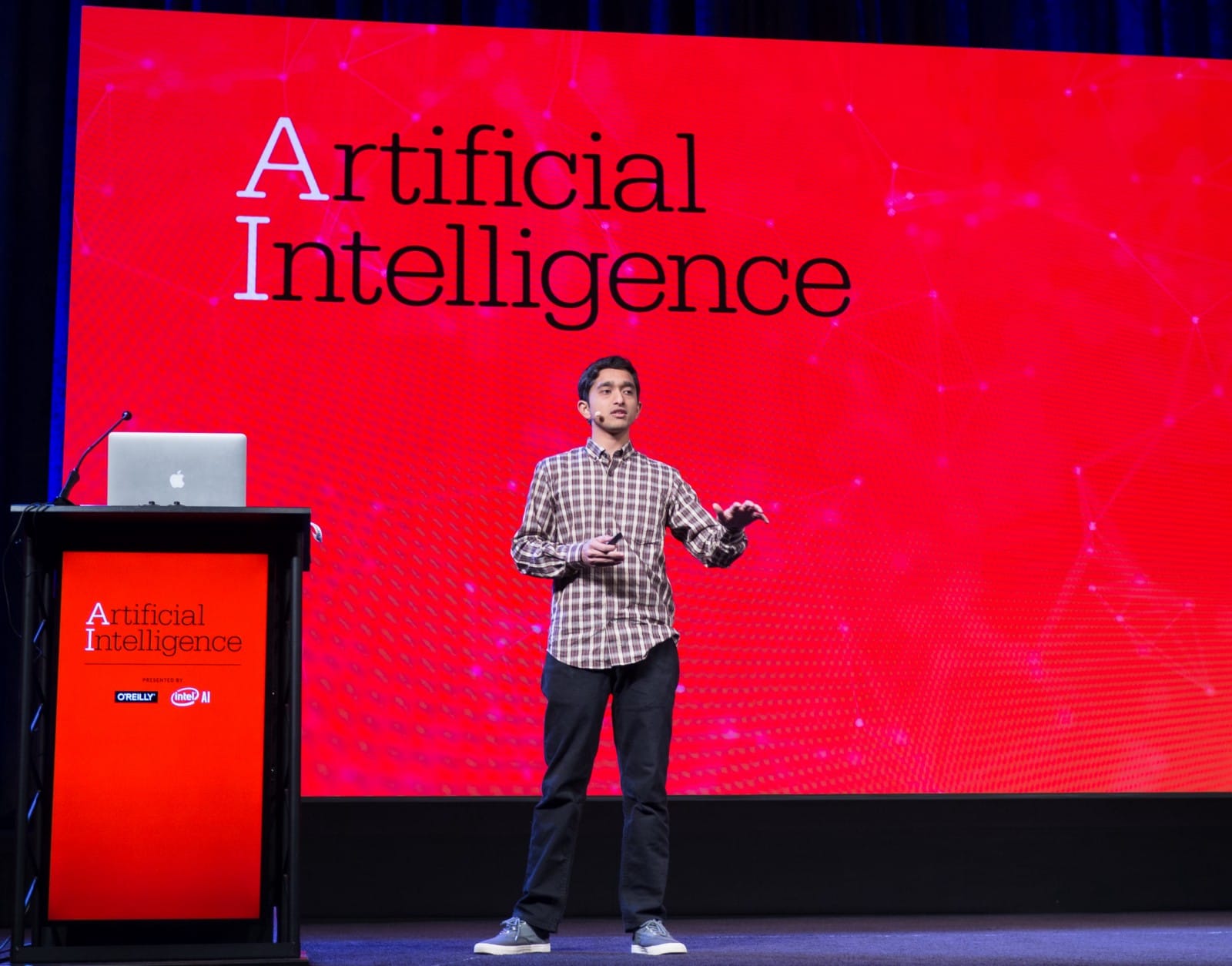
In May, DoorDash participated at the O’Reilly Artificial Intelligence Conference in New York where I presented on “How DoorDash leverages AI in its logistics engine.” In this post, I walk you through the core logistics problem at DoorDash and describe how we use Artificial Intelligence (AI) in our logistics engine.
LAST-MILE LOGISTICS IN A THREE-SIDED MARKETPLACE
Fulfilling deliveries at DoorDash requires effectively balancing the three-sides of the marketplace — the Merchants, Dashers and Consumers — and identifying the best Dasher to pick up a delivery from the Merchant and bring it to the Consumer.
Determining the optimal solution to this problem (referred to as the Vehicle Routing Problem) is NP-hard. The real-time, quick-turnaround nature of DoorDash introduces additional challenges: delivery requests come in continuously, Dashers constantly are in movement, and variance in restaurant operations and real-world events (traffic, weather, etc.) have pronounced effects on the solutions.
USING AI TO ACHIEVE OPERATIONAL EFFICIENCIES
To solve these problems more efficiently, DoorDash leverages various artificial intelligence (AI) and machine learning (ML) techniques to intelligently model the decision space and achieve near optimal solutions in seconds. Ultimately, across DoorDash’s tens of millions of deliveries, these techniques have led to shorter delivery times for Consumers, higher pay for Dashers, increased income for Merchant partners, and a better experience for all sides of the marketplace.
In my talk, I start with an overview of AI applications at DoorDash, then talk about how machine learning techniques complement traditional operations research techniques to enable logistics at DoorDash. In particular, I dive into two specific applications of machine learning: predicting delivery lifecycle timepoints and batching algorithms.
https://youtu.be/s203ScTy4xQ
